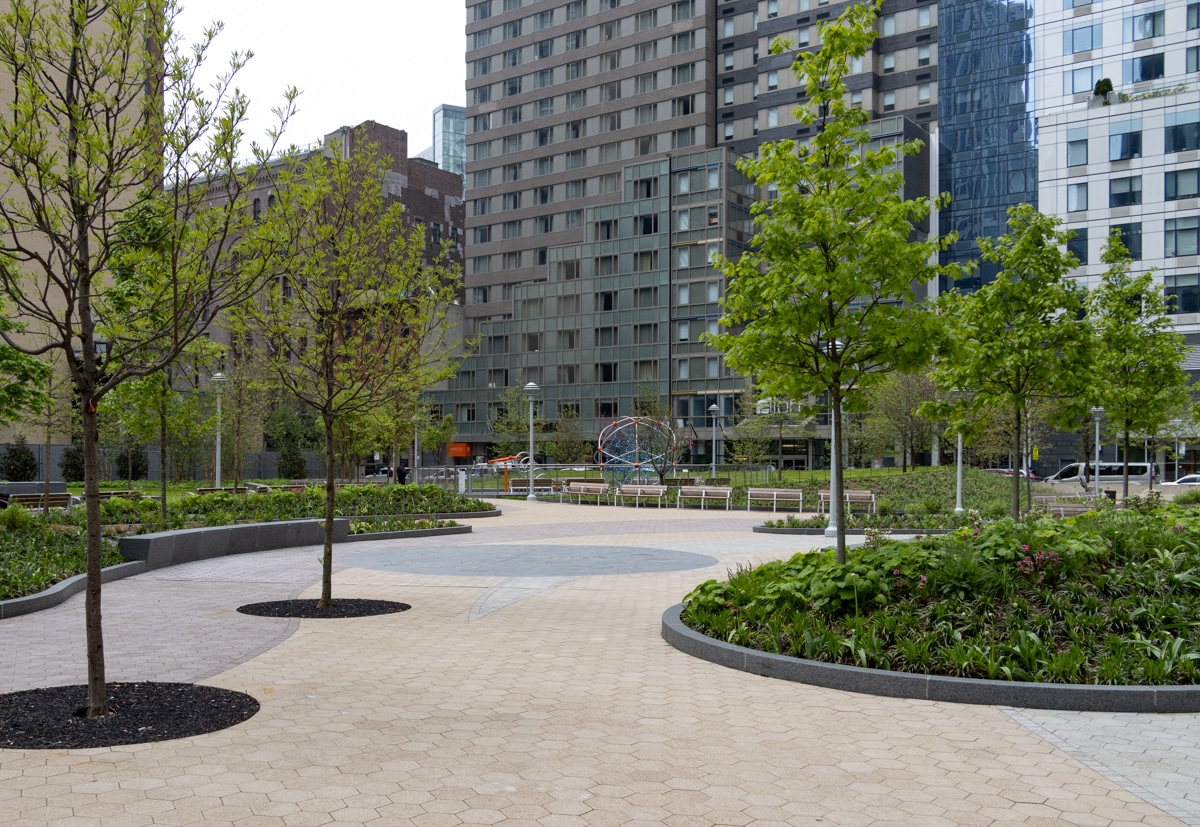News Flash: Everyone Wants to Live in the City
If you weren’t already convinced that city life is becoming increasingly preferable to suburban life, see this article in The New Republic, which looks at a trend called “demographic inversion”—a reversal of the white flight that helped hollow out the inner city beginning in the 1950s. The author quantifies what many Brooklynites already know: the…

If you weren’t already convinced that city life is becoming increasingly preferable to suburban life, see this article in The New Republic, which looks at a trend called “demographic inversion”—a reversal of the white flight that helped hollow out the inner city beginning in the 1950s. The author quantifies what many Brooklynites already know: the neighborhoods closest to vocational and cultural hubs (like, dare we say, Manhattan) and with shopping and services in walking distance are the most popular, forcing poorer folks to move further and further out. There’s been plenty of talk about the suburbs potentially turning into 21st century slums but what will 21st century cities look like if demographic inversion continues? “In the worst case, demographic inversion would result in the poor living out of sight and largely forgotten in some new kind of high-rise projects beyond the city border, with the wealthy huddled in gated enclaves in the center.”
Trading Places [The New Republic]
Beyond Gentrification [Curbed]
Photo by Daily Phototherapy.







in other words american cities will look like paris and london and most other european cities.
I’d rather hobble to the subway, than drive a car.
Forget the gardening=suburbia comment, I can’t believe there’s been no reaction to sanesouth’s question whether we’ll be able to hobble to the subway “…when you’re 55, 60 years old?”
Sanesouth:
You say you don’t understand why people spend time and money on gardening in Brooklyn because they are trying to re-create the suburbs..?
Are you for real?
So you are suggesting that gardening was invented at the same time the suburbs were?
There was some seriously effed up stuff (and some great stuff) on this thread, but that has to be one of the most idiotic.
I love gardening, and I’d rather be run over by a bus than live in the suburbs.
I also don’t prefer to live around people who have such asinine impressions of the world which would lead them to believe that gardening = suburbs.
the whole rent vs buy equation is a marketing tool. it says nothing about the buyer who is bringing over a lump of equity from another property or just simply has cash to put somewhere. there are many people in this city who use their home as a savings account and could never afford the rent on a comparable place. definite positive correlation between % equity in a place and purchase price paid.
Polemicist seems to be advocating a return to the bad old days of urban removal. I prefer a more capitalist approach to development. If developers can’t convince people to sell their rights, then probably the rights are worth more than the development. Straight market.
2. Arbitrage: Arbitrage is just a fancy word for buying and selling in different markets. All it means here is that developers buy rental properties, or warehouses, and convert them to owner occupied, when the price of owner occupied is higher than the value of rentals. This increases supply which, in the long run, will decrease prices. Not by magic or with any guaranteed time frame. But that’s how capitalism works.
I don’t see any evidence that brownstones are priced any more irrationally than other real estate in the neighborhood. If people were paying for the art of brownstones, old ones would sell for more than new ones, and brownstones would sell for more than less artistic apartments on a per sq ft basis. The opposite is true. Housing is a commodity, not an art.
People are willing to pay for neighborhoods, which are not commodities. But when the price gets high enough, the supply of neighborhoods increases. Park Slope is at least three times the size it was when I first knew it.
And, of course, there are lots of modern facades. Virtually every “brownstone”, for example.
3. In normal markets, investors expect to be paid, not to pay, for investing. That’s what happened when Polemicist’s parents’ bought, and indeed in virtually any time in NYC history before this latest run-up got going. You can count on sales prices dropping to the point where renting will be more expensive for comparable spaces.
4. If there aren’t any direct rent to sale comparables, just adjust for sq footage and condition. It isn’t exact, but it’s close enough to tell you whether someone could make money by shifting usage (arbitrage). In any event, markets are rarely precise — if they didn’t get out of whack, there wouldn’t be any way for finance guys, or developers, to make money.
I agree with jingle mail. My long time renters just moved to the far burbs. They have a kid and couldn’t find anything they liked in Brooklyn. So for about 600K they bought a really cool mid-century house on 2 acres in the woods. We visited them (became good friends over the years) and it is a great house in a beautiful spot. They’re maybe 5 minutes from the train station and stores. Two people at work recently moved out of the city too–same situation, young couples with kids. Their budgets were higher, but again they had looked in the city and didn’t like what they could afford. It’s only three cases, granted, but that’s three people I happen to know, all middle- to upper-middle income, all liberal, educated, professionals. If prices in Brooklyn drop a lot we may see more people staying, but with prices as they are I think there will continue to be a steady supply of people moving out of the city.
Polemicist. there certainly are people skilled enough to build “high quality” facades on new townhouses. even in my limited memory, i can think of at least one example: there is a new carriage house in the heights that comes to mind (sat on the market forever). there are numerous houses that had botch jobs done on the facades in the bad old days that have been restored to their former glory. these were done by completely stripping away said botchedness and rebuilding from scratch. not saying it is cheap to build a “quality facade”, but it can certainly be done today.
fair enough, denton. then one could simply buy a 1995 honda civic for the station car and put 10 miles in per day. the wife can drive her suv monstrosity, again about 10 miles per day. i would argue that the offset of not sending kids to private school more than pays for their cars at age 16. those things just aren’t enough to move the needle much. i’m sticking to my original point.
sure, maybe people will move from rural springfield to some new central columbus condos (obligatory ohio reference) because of this trend, but not westchester or stamford to brooklyn unless they just want to partake in the nyc/brooklyn brand. sure, when i can finally afford my own brownstone, i’m likely to also become a proponent of this myth (for nyc at least) because it is in my best long-term interest to believe it. but right now, i have the clarity to say otherwise. because, although i am focused on affording that brownstone, it’s certainly not because it will be cheaper than moving to the suburbs. it’s ultimately a luxury for me too.